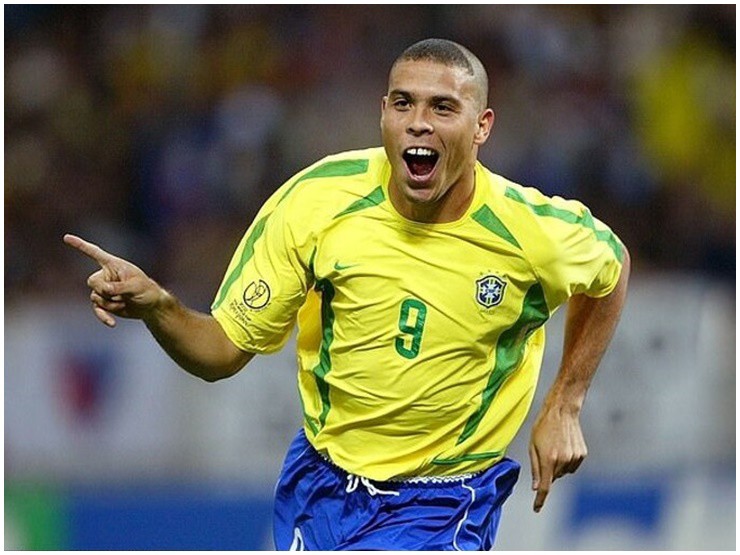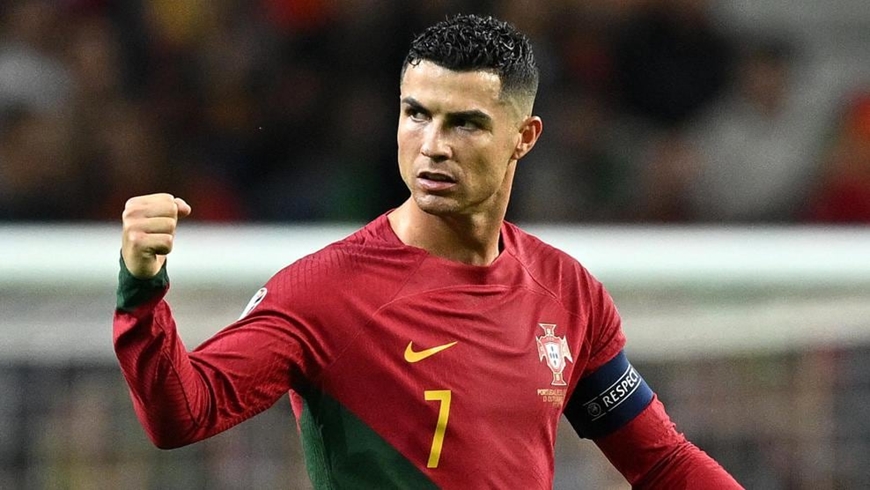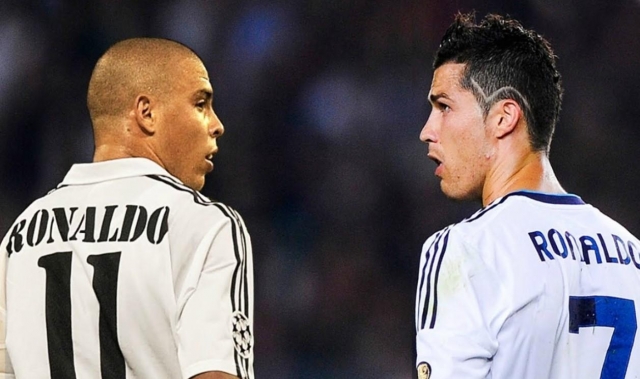The name Ronaldo is synonymous with footballing greatness, yet it refers to two distinct legends. Their careers, while both reaching brilliant peaks, followed dramatically different trajectories, symbolizing two opposing approaches to excellence. The question debated for years is: Beyond the physical differences, what did Ronaldo Nazário—affectionately known as 'O Fenômeno' (The Phenomenon) or 'Fat Ronaldo'—possess that surpassed Cristiano Ronaldo—the relentless, record-breaking machine? The core answer lies in the opposition between natural genius, explosive peak moments, and the pure poetry of football.

Ronaldo De Lima (R9): The Poet of Football and the Burst of Genius
Ronaldo Nazário, the Brazilian phenomenon, is the apotheosis of raw, explosive, God-given talent. His peak period, roughly from 1996 to 2002, was an extraordinary spectacle the sports world had never witnessed. R9 was a force of nature: he combined unbelievable, terrifying speed with the grace of a ballet dancer and close control that seemed to defy all laws of physics.
In that golden era, he was the perfect striker: two-footed, capable of scoring spectacular goals from every angle, and possessing a sudden burst of acceleration that left the world's top defenders flailing in despair. His dribbling was purely instinctive and spontaneous, less reliant on practiced techniques and primarily driven by the sheer will to take the ball past opponents using momentum and intuition. His legendary goal against Compostela for Barcelona in 1996, where he received the ball deep in his own half, accelerated past multiple defenders with brutal simplicity, and finished exquisitely, remains the hallmark of individual genius.

This brilliant period earned him two Ballon d’Or awards and culminated in his domination of the 2002 World Cup, where he scored eight crucial goals, including a brace in the final against Germany. This achievement strongly reinforces the argument of those who prioritize international legacy and absolute dominance in a major tournament.
Sadly, R9’s career was defined by two parts: the blinding peak, and the years-long battle against career-threatening knee injuries, specifically issues with his cruciate ligaments and patellar tendon. It was this physical adversity that made his ability to return and conquer the 2002 World Cup all the more legendary.
Cristiano Ronaldo (CR7): The Engineer of Greatness and the Triumph of Consistency
Conversely, Cristiano Ronaldo is the undisputed champion of professional longevity, mental strength, and unparalleled goalscoring efficiency. CR7 represents the mastery of human potential through relentless effort, detailed adaptation, and an obsessive dedication to fitness. His long career is a testament to calculated excellence and sustained performance.
He successfully adapted his game over the years, transforming from a flashy, yet sometimes inefficient, tricky winger at Manchester United into the most effective goalscorer in football history at Real Madrid and subsequent clubs. He has maintained peak performance for over two decades, specializing in maximizing effectiveness within the team structure, utilizing clinical finishing skills, aerial dominance, and excellent movement and positioning within the penalty area.

While R9's career was tragically shortened by severe injuries, CR7's legendary commitment to maintaining peak physical condition through rigorous diet and training allowed him to achieve a level of stability that R9’s injury-plagued career could not. Cristiano's massive trophy collection includes five UEFA Champions League titles, numerous league titles in three different major leagues (England, Spain, Italy), and an astonishing total goal count, making him the highest-scoring male professional footballer in history, surpassing the 800-goal mark.
The Tactical Challenge and Contrasting Influence
The comparison also highlights the contrast in their tactical influence. As revealed by accounts from his time under Andrea Pirlo at Juventus, Cristiano Ronaldo, in his later career years, often required a system to be built around his goalscoring prowess, creating friction with coaches who demanded high-intensity, systemic pressing from every player. This need for tactical exemption sometimes made him a burden on the collective defensive effort.
Ronaldo Nazário, especially in his early years, was capable of creating scoring chances alone and was so devastatingly effective that tactical considerations often became secondary—coaches simply entrusted his genius. However, modern football increasingly demands the kind of systematic tactical commitment that Cristiano Ronaldo sometimes struggled to provide, despite his goals being too valuable to ignore.
Cultural and Commercial Legacy

Off the pitch, their legacies diverge sharply. R9 was the idol of a generation, a figure defined by his spontaneity, infectious joy, and pure excitement. He was a pure footballing icon, embodying the unpredictability and beauty of the game.
In contrast, CR7 is an empire. He is a meticulously managed, globally recognized brand that capitalizes on perfectionism, fitness, style, and aspirational success. He represents the triumph of discipline and the limitless potential of the human body through sheer will. If Ronaldo Nazário was about natural joy and improvisation, Cristiano Ronaldo is about calculated performance and enduring, deliberately constructed greatness.
In summary, the debate is less about who was 'better' and more about what one values in a footballing icon. R9 was the brief, dazzling flash of innate, effortless genius—the artist whose work was tragically incomplete. CR7 is the relentless machine, the architect of an unparalleled career built on sweat, adaptation, and an uncompromising will to be the greatest. R9 may have possessed the higher ceiling of natural, instinctive talent, but CR7 commanded the entire sky of success and consistency over two magnificent decades.
0 comments:
Post a Comment